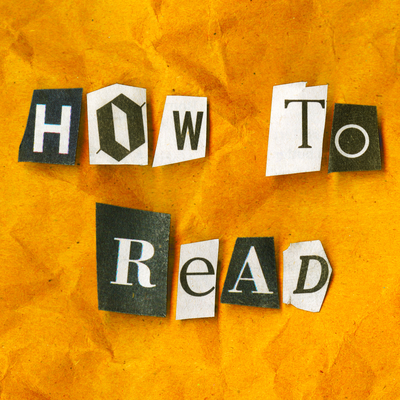When you think about historical reenactment, you probably think about reenacting Civil War battles or performing a character at a Renaissance fair. But Catherine Grant is interested in artists who use reenactment to ask questions about the history of feminist and queer activism, and the role of artists in political life. By reenacting and remixing scenes from history, these artists revive stories from the past that might illuminate the present in surprising ways. Beyond the realm of art, Catherine wants us to recognize the power of performing repeated actions in our everyday lives.
Tag: history
Chronic pain is pain that lasts for months, years or even a lifetime, and doctors have a hard time understanding it. Not only is it sometimes impossible to cure, but doctors also tend to fixate on bodily pain and not address the ways pain is also psychological and emotional. In fact, Travis Chi Wing Lau argues that this attitude goes back to the ways doctors have been trained since the eighteenth century to observe outer bodily symptoms and discount patients’ subjective experiences. Turning to Travis’s poetry, we discuss why we need poets as well as doctors to understand pain.
When you think of an expert or specialist, you might picture a scientist with a lab coat and test tubes. Science likes to claim that its knowledge applies everywhere – like gravity or evolution – which makes scientific knowledge superior to local knowledge about one specific place. But Paige West points out that in practice scientists rely heavily on local people’s knowledge, for example the specialist knowledge that indigenous people in Papua New Guinea have about the fish, plants and ecosystems of their area. In fact, such local knowledge has proven to be crucial for successfully combating major problems like climate change.
What do we want when we revisit a beloved story? Sarah Chihaya suggests we’re drawn back by contradictory desires: on the one hand we want to relive what we experienced the first time, but we also want something fresh and new. From recent movie sequels and remakes to the experimental novel Life After Life, Sarah shows how revisiting familiar stories can be a cynical ploy to make money, but can also be an under-appreciated source of artistic inspiration.
When we think about the generation before us, we might feel that their cultural touchstones aren’t relevant today. But Tom Mole argues that the literature of the past only survives because the next generation find new ways to make it relevant. In the Victorian era, new illustrations for the previous generation’s poetry helped update the image of writers like Byron and Wordsworth in ways they couldn’t even have imagined.
